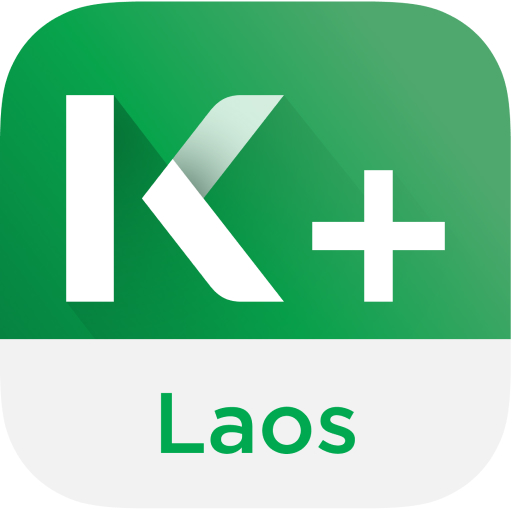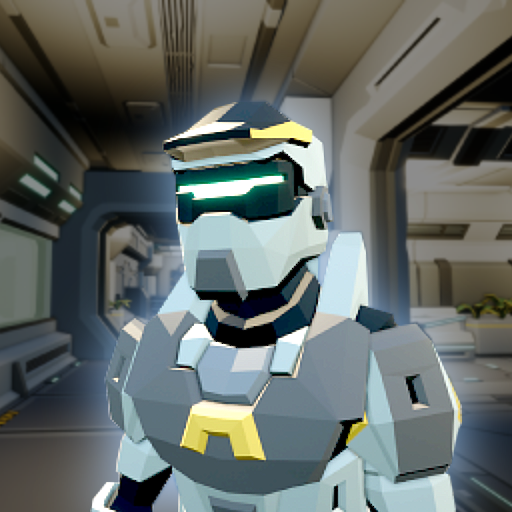Describe The Edge Computing Server With The Examples Of Lenovo And Oracle
Description of Describe The Edge Computing Server With The Examples Of Lenovo And Oracle
Now with the expansion of storage and computing capacity at the edge of the network, new form factors capture the shelves of suppliers of IT equipment. What are their specificities and What do they look like? The turn of the question invading the shelves of IT instruments suppliers.
Edge computing servers are coming. The turn of the matter with Lenovo and Oracle. A few months ago, Lenovo has been marketing its Edge SE350 server, intentional support to use cases of Edge computing. "This is a particular development at the server level with density, like blade servers," said Cyril Fakiri, technical director of Lenovo DCG. In terms of use cases, Lenovo cites supermarkets, car dealerships, video surveillance for smart cities, or industry 4.0.
For these customers, moving from a tower server to an edge server allows greater connectivity and security. You are probably all familiar with the rack servers that power racks in data centers. You may also be familiar with tower servers, which look like the CPUs of desktop computers. Earlier with the expansion of storage and computing capacity at the edge of the network, new form factors will arrive this year.
We are not the first to use the Edge server, but we have taken the time to enhance the security side. Because this server can certainly be integrated into a data center rack. Or be placed on a desk via support. But by Lenovo's admission, machine noise due to high-pitched fan sound in some use cases can be a topic. It is therefore mainly intended to be placed in the technical rooms of factories and remote sites.
Do without the physical security of a data center
And so, it can only benefit from the physical security of data centers to protect the data. "As the design is open access, security becomes the original point", adds Cyril Fakiri. For security reasons, there is no swap possible for disks.Because outdoors, anybody can remove them. Attackers can have physical access to the server, so this is a very different situation from a classic data center. So access to the data center control can be done remotely, via a digital key. The blocking of the machine can therefore also be done remotely. Remote access is also beneficial because on site it may deficiency of computer skills. Everything must therefore be feasible remotely.
As in smartphones, the server via sensors detects movements. So the server can warn the operator of an unexpected movement and the operator can then remove the digital key from the server and power off immediately ”, explains Cyril Fakiri.
Encrypt data directly on disk
And on the data side, the encryption is present directly on the disks, at the server level. "Even in the event of a network disconnection, when the server reconnects, it is possible to disconnect the SED disks (optional for the boot and data units on these servers), which embed encryption by default on the server", explains Lenovo.And on the connectivity side, an Edge computing server also has its specificities. “The remoteness of the server from the data center means that we have to offer new means of connection: wired, wireless, Wi-Fi (router or endpoint), 4G. All connections are possible. Clearly, you can use Wi-Fi to administer the server, ”explains Cyril Fakiri. Another example of the all-terrain dimension of the equipment, a switch router is integrated into the server. A function that is not usually found in a traditional server. Because in a data center, the switch is a hardware brick independent of the servers.
This integration is a small performance because the format of the server is picked up: a height of 1U and half the width compared to a conventional rack width. Under the hood, there are 1-socket Intel Xeon D-2100 processors, up to 16 cores. RAM can go up to 256 GB in 4 slots, using 64 GB DIMMs.
Proof of the dynamism of Edge computing servers, Oracle presented this week a new hybrid cloud option with its Roving Edge Devices (RED). The idea? Here too, bringing infrastructure services to remote areas, such as an oil tanker at sea or a three-week music festival in the middle of the desert. The machine offers scalable server nodes in a rugged, portable enclosure (yes, it isn't made to be slipped into a rack!).
Hybrid cloud goes edge computing
These devices are effectively a mobile extension of a customer's Oracle Cloud Infrastructure (OCI) environment. REDs can operate as a single node or in clusters of five to fifteen nodes. The hardware inside a RED device includes 40 CPUs, an Nvidia T4 GPU, 512GB of RAM, and 61TB of storage.With a RED appliance, the customer must be able to run cloud-based applications and workloads in the field, including machine learning inference, real-time data integration and replication, analysis, and query-intensive data warehouses.
A customer can order a RED from the Oracle Cloud console, make it available - adding VMs and object storage from the console - and have it shipped to where they want by Oracle. Even in remote areas where connectivity is an issue, customers can use RED to connect, Oracle assures, and run applications.
There are obvious use cases for RED devices, such as in the oil and gas industry, where organizations can currently rely on bespoke servers. And Oracle has already listed the US military as one of its first customers.
The devices are also expected to facilitate new use cases for cloud-based applications, says Ross Brown, vice president of Oracle Cloud infrastructure, at ZDNet. Customers, he adds, “come to us with needs like 5G connected applications where local processing makes a lot of sense. This notion of high-speed data collection and high-speed data entry in a remote metropolitan area "is a good use case for this type of server.
Recent APPS
designkug.com © 2021 • About Us • DMCA Policy • Privacy Policy • Terms & Condition • Contact Us • Submit Apps














